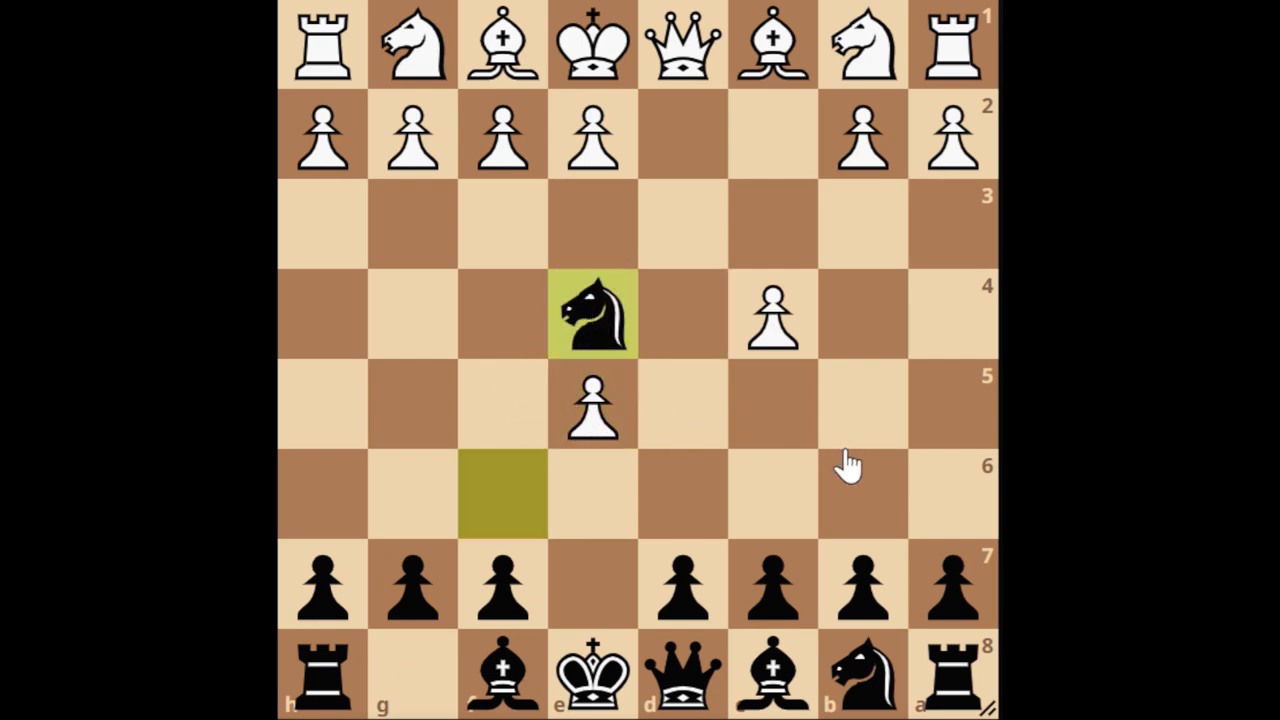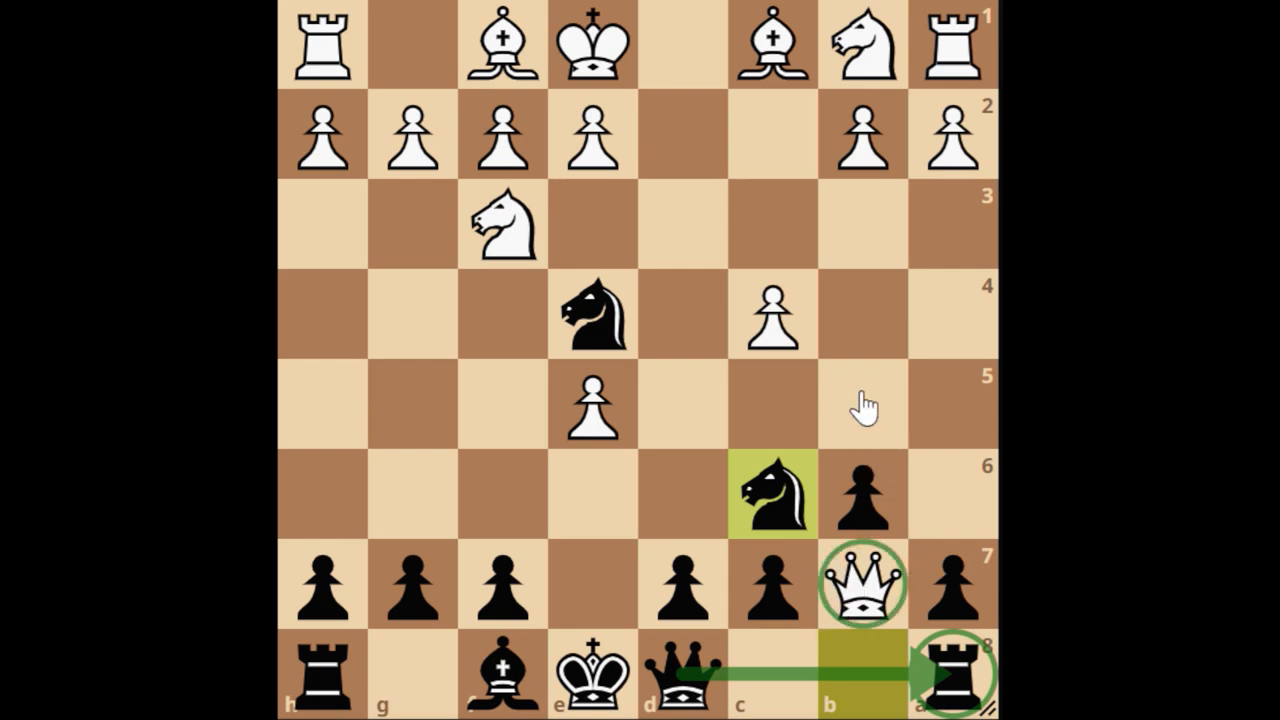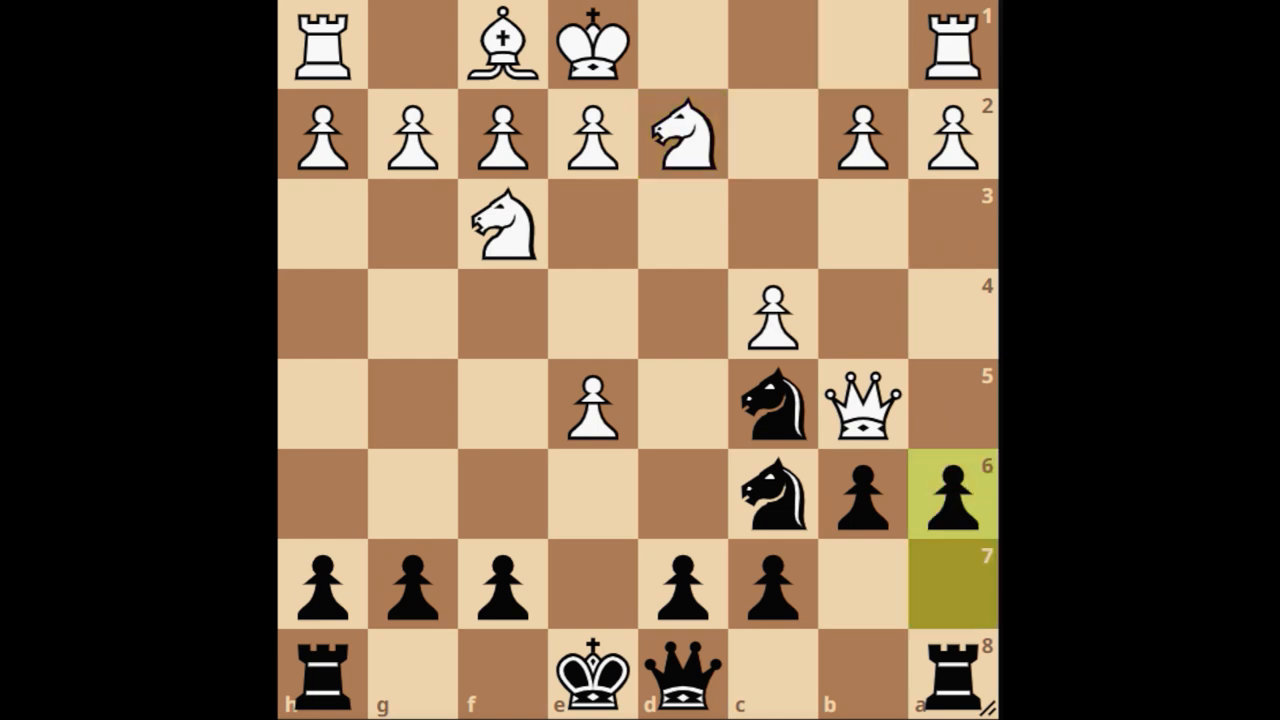Welcome chess enthusiasts! excited to bring you insights into a particularly sneaky line in chess openings – the Fajarowicz variation. This cunning tactic diverges from the conventional paths of the Budapest defense, and today we’ll unravel its mysteries.

At its core, the Fajarowicz variation delves into psychological warfare, laying out an intricate network of traps that can snare even the most vigilant opponents. Let’s lay down the sequence leading to it:
d4 Nf6c4 e5 – This push signals the Budapest Defense.
dxe5 Ng4 – The Budapest’s main move.Nf3 Nc6Bf4 Bb4+But here’s where the Fajarowicz carves its niche with 4...Ne4, increasing complexity and planting the seeds for future tactics.


So imagine your opponent, playing white, decides to nip the problem in the bud by challenging your audacious knight with a move like f3. This seemingly straightforward move backfires spectacularly, creating a diagonal that’s as vulnerable as a chink in the armor. Black should resist the urge to play Qh4+ immediately and instead insert Bb4+. The typical Bd2 block opens the floodgates for Qh4+ g3 Nxg3, leading to two delicious scenarios – either hxg3 Qxh1 is a swift checkmate, or if white falters with fxg4, you have Ne4#, showcasing the might of this versatile knight.
But, a quick alert: seasoned players won’t easily fall for f3. More often, they might play Nf3, redirecting us to explore other tricks tucked in our repertoire with the Fajarowicz.
Below you can watch all of the lines referenced on this page and see a much deeper analysis on the Fajarowicz Gambit.
b6
When Nf3 is on the board, one potential follow-up for black is b6, a subtle lure for white. The queen may swoop to d5, threatening both the knight and the rook. Black calmly responds with Bb7, and the dance begins. Say white grabs your bishop; Nc6 now not only defends the rook but also sets a snare for the queen.

She may flee to a6, but black has to be patient – playing Nc5 is premature. Instead, a cheeky Bb4+ draws the curtain on the escape route a3. When the queen then tries b5, black should sidestep with Bxd2+, removing the bishop from the board before pushing a6. Voila! The queen has walked into a sophisticated trap and must concede defeat.

d6
Another sly move at black’s disposal is d6. By offering a pawn sacrifice, you intend to swiftly marshal your forces for battle while white lags behind. White may opt for g3 aiming for a fianchetto setup, only to discover that they’ve sprung another trap: Nxf2. This powerful fork between the queen and the rook, followed by Bxg3+, wielding a devastating discovered attack, spells disaster. It’s crucial to ensure the bishop captures on g3; a premature Bc5 may backfire spectacularly.

Capturing the queen in these sequences usually guarantees an eventual victory, capitalizing on the material advantage while white scrambles to regroup.
I hope this tour through the traps and strategies of the Fajarowicz variation has been enlightening. These tricks are not only a test of your opponent’s alertness but also provide a fascinating insight into the depth of chess tactics. Whether you employ the deceptive b6 or the sacrificial d6, the key lies in understanding the underlying principles and not just memorizing moves.
Remember, chess is a journey of continuous learning and adaptation. Experiment with the Fajarowicz in your games, and observe how opponents react to these unorthodox strategies. The sense of satisfaction when a trap snaps shut is one of the game’s great joys.
Good luck, and may your adventures with the Fajarowicz gambit lead you to many exciting games and victories!